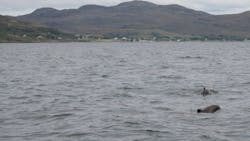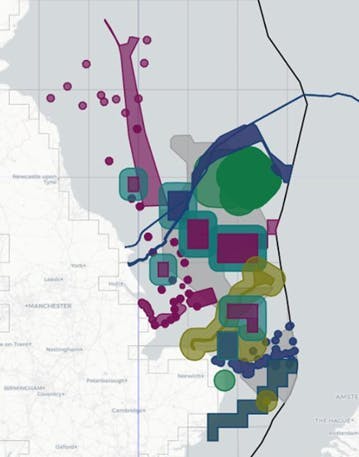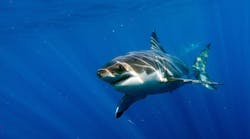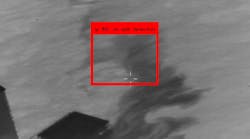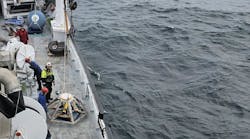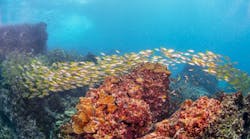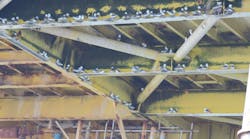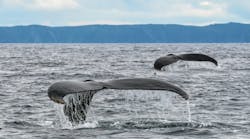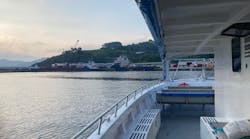Report highlights measures to address North Sea projects’ noise impact
Xodus Group has prepared a report for the Offshore Wind Industry Council (OWIC) that details measures for coordinated management of underwater noise at the various offshore energy projects operating in the North Sea.
The Underwater Noise Conflict Resolution Framework Report explains how multiple developers are working under different regulatory regimes to deliver their offshore wind, oil and gas, and carbon capture and storage schemes.
Activities include underwater surveys, installing foundations for wind turbines and managing unexploded ordnance on the seafloor.
In some areas, measures are in place to protect marine wildlife, notably the southern North Sea, which has been designated a marine protected area for the benefit of harbor porpoises, which are sensitive to sound.
According to the report, regulators, nature conservation organizations and marine industries are cooperating to manage noise impacts from projects, ensuring noise remains within agreed limits.
However, government thresholds may impact coordination of activities at certain development projects.
The report offers suggestions for how a framework supporting closer cooperation and forward planning of different activities could be achieved to avoid excess noise, and also a decision-making process for speedy resolution of scheduling conflicts.
At present, OWIC says a transparent arbitration process is lacking, which is concerning to North Sea developers as it risks delays to critical offshore projects.
Additional marine wildlife protection efforts:
About the Author
Jeremy Beckman
Editor, Europe
Jeremy Beckman has been Editor Europe, Offshore since 1992. Prior to joining Offshore he was a freelance journalist for eight years, working for a variety of electronics, computing and scientific journals in the UK. He regularly writes news columns on trends and events both in the NW Europe offshore region and globally. He also writes features on developments and technology in exploration and production.
